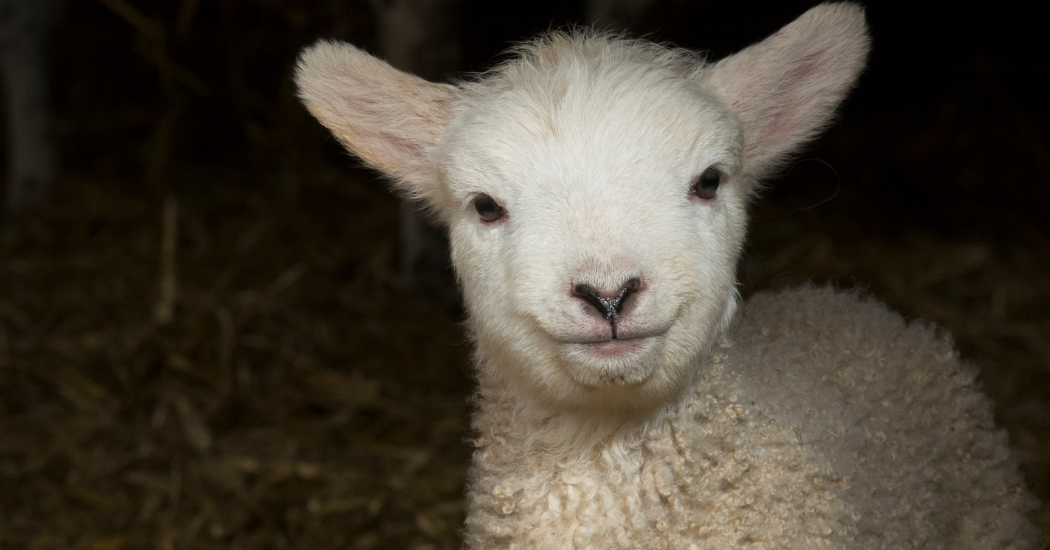The Department of Agriculture is urging farmers to be alert to an increased risk of birth deformities seen in calves or lambs this spring.
There has been an uptick in the number of confirmed cases of Schmallenberg virus (SBV), a midge-borne virus, in Ireland.
One case in Tipperary involved a calf, while there were two outbreaks in sheep in Co. Wexford. SBV was first detected in Ireland in 2012. It spread across Europe, carried by wind-borne infected midges.
While Schmallenberg continues to be regarded as a low-impact virus, the Regional Veterinary Laboratories (RVLs) are emphasising the value of ensuring that deformed calves and lambs are submitted to them for testing, to increase the intensity and sensitivity of surveillance for both Schmallenberg virus and the potentially more impactful Bluetongue Virus (BTV).
The Bluetongue Virus has been detected in the UK and in Europe in the past year.
Both viruses can cause a wide variety of birth deformities, especially deformed limbs (arthrogryposis), spinal curvature (scoliosis), torticollis (twisted neck) shortened lower jaw (brachygnathia inferior) and domed skulls (hydranencephaly).
Some of these birth deformities can make natural calving or lambing very difficult and farmers should be alert to an increased risk of these ill effects in this season.
“Bluetongue virus could come to Ireland through the wind-borne spread of infected midges, through the importation of infected animals or contaminated fomites or animal derived biological material (e.g. blood, semen),” said a warning from the Department today.
Farmers are advised to be vigilant and to ask their vet to refer any birth deformities in sheep or cattle to the nearest RVL for investigation.
The latest news and information on this, including technical photographs, is available here at the Animal Health Surveillance website.








